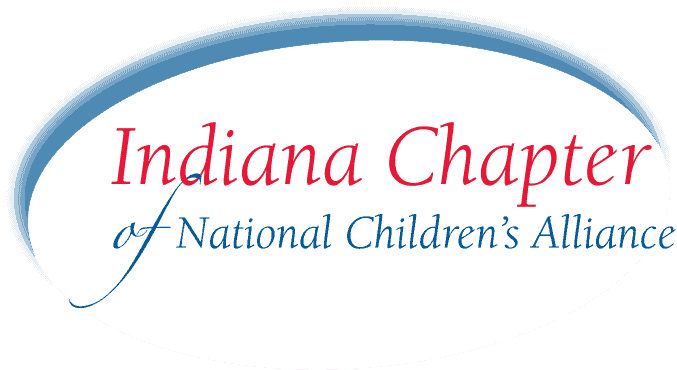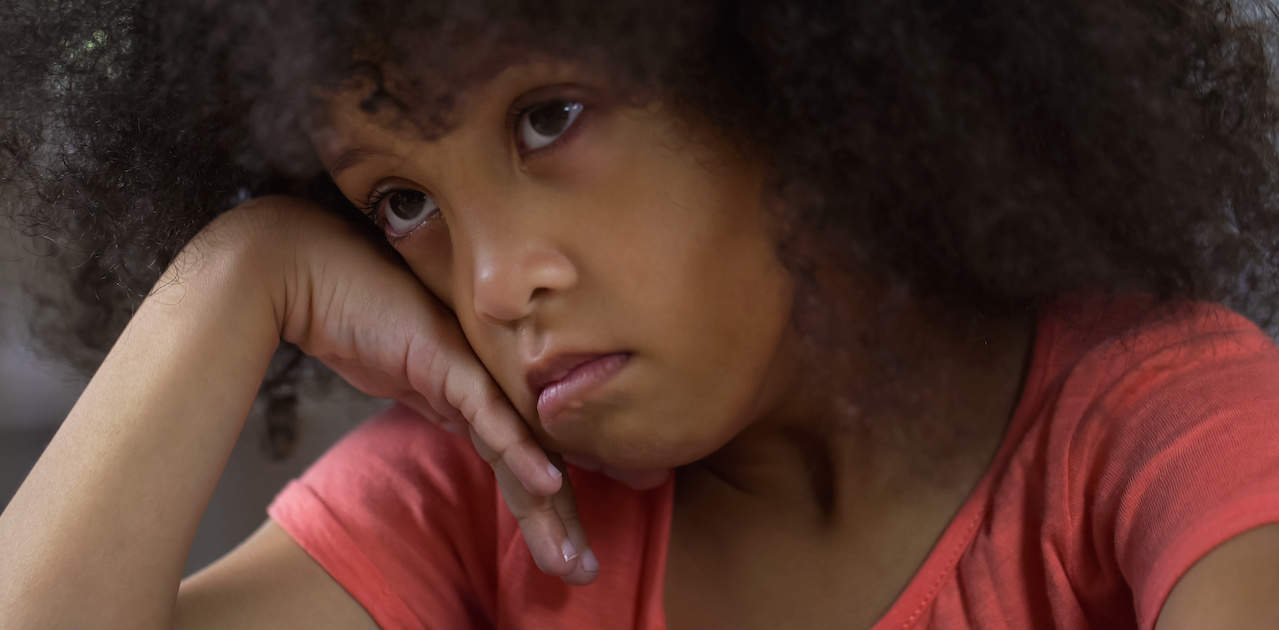Emotional abuse, psychological abuse, substance abuse, sexual abuse, and various verbal and social tactics negatively impact a child’s emotional development. For instance, even if a child is not physically touched, seeing a mother or father abused brings long-term effects. There are slight differences between each, but each form of abuse often accompanies another.
Briefly:
- Emotional abuse is psychological
- Domestic violence and abuse include any time a child witnesses others in a household suffer
- Child abuse is any time a child is physically touched, including hitting and sexual assault
Each is a form of adverse childhood experiences (ACEs) and warrants a call to child protective services.
In Indiana, you can call 911 in an emergency or the Indiana Child Abuse Hotline at 1-800-800-5556. Indiana law dictates everyone, regardless of age or occupation, are mandated reporters of suspected child abuse.
What is physical abuse and domestic violence
Physical abuse and domestic violence often come together. It’s the most common kind of abuse people think of. Someone is suffering physical abuse if they are the victim of or show signs of:
- Hitting, kicking, slapping, punching, or biting
- Shaking
- Poisoning
- Burning or scalding
- Bruises and broken bones
- Drowning
All of these leave physical indicators, usually in the form of bruising, on their victim. Physical abuse can happen to the child directly or to another family member in the household.
A child who witnesses a crime against another person, such as a mother or father, is also emotionally abused by the act. Emotional child abuse is almost always a secondary result of physical abuse.
The effects of physical abuse on a child manifest as anxiety, depression, post-traumatic stress disorder, obesity, and the general after-effects of broken bones and injuries, such as bleeding, limps, physical pain, and brain damage.
Sexual abuse vs. physical abuse
Sexual abuse or sexual assault occurs when a sexual organ penetrates a child. Sex abuse can include tongues, fingers, and genitals that enter any part of their body or are forced into someone else’s.
Sexual abuse is by definition also physical assault. However, the law distinguishes between physical and sexual assault because sexual assault often results in rape and challenges with gathering evidence. The evidence of sexual assault can be washed away in hours, whereas physical signs of abuse last days or weeks.
Emotional abuse includes yelling and demeaning others
Emotional abuse, often called psychological abuse or verbal abuse, includes various forms of “put-downs”, including:
- Blaming a child for issues out of their control, like the loss of someone’s job or a large unexpected expense
- Ignoring them and being nearly or entirely absent
- Manipulating a child into doing something they shouldn’t
- Withholding love and affection and never saying anything kind, ever
- Holding unreasonable expectations, such as being a star performer in every pursuit, activity, field of study, and task
- Never showing emotions with a child, particularly when they are young. This is emotional neglect
- Encouraging a child to have suicidal thoughts
- Trying to control a child’s life beyond reasonable safety and expectations, such as preventing them from going to school
- Making fun of the child or using jokes or sarcasm to demean or humiliate them
- Yelling at a child (which is often the first form of verbal abuse) and demeaning them or others, such as their friends
Emotional abuse is often part of other forms of abuse, such as domestic violence resulting in marital conflicts.
Children suffering emotional abuse often lack self-esteem, engage in self-harm, have difficulty controlling their emotions, and act inappropriately for their age. Babies and toddlers might, for instance, be aggressive or overly affectionate to strangers out of fear or a deep human need for connection.
Older children may have few or no friends, suffer extreme outbursts, or act in ways beyond their age, such as displaying excessive sexual behaviors or use adult language.
These signs and symptoms manifest in other forms later in life. Children who suffer emotional abuse are more likely to have developmental delays leading to low self-esteem, low self-worth, reduced income later in life, and a lack of emotional control. They are also more likely to suffer depression, substance abuse, and mental health problems compared to children who do not suffer abuse.
A child’s emotional development depends on positivity
Abusive situations pose significant risks to everyone involved, including children, even if they’re always “out of the room” when it happens. Children almost always recognize something is wrong but find it extremely difficult to verbalize what is happening to them. They may also not even know what is happening is wrong.
Physical abuse is rarely a “one-time” offense. It is usually ongoing, consistent, and results from other factors in the abuser’s life, such as drugs, alcohol, poverty, or uncontrolled emotional outbursts.
Verbal and emotional abuse is also cyclical and results in them withholding affection or trying to control someone’s thoughts or feelings later in life, either as a teenager or adult.
A child’s sense of self entirely depends on the pattern of behavior they observe in their family, friends, and school. This is why consistent routines are critical for children. Physically and emotionally abusive homes starve a child’s development at all ages.
Child Advocacy Centers in Indiana work with various justice programs, partners, medical providers, and mental health practitioners to help children heal after signs of emotional maltreatment, physical assault, or sexual abuse.
The good news is children and adults can recover and heal with professional help and support from friends and family. Children are resilient, and while the emotional scars may never entirely go away, children can avert or manage significant mental health disorders.
Getting help during or after an abusive situation
The availability of shelters and legal response varies widely in the United States. In Indiana, shelters for men, women, and parents with children are available but frequently full or at capacity. Within Indiana counties, local law enforcement or a hospital is usually the first and best place to turn to for immediate help or in an emergency.
If a child is involved, a local CAC can help at the request of law enforcement or the Department of Child Services.
You can also find a CAC near you to ask for help finding partner agencies, organizations, church groups, and others that can help you find shelter.

